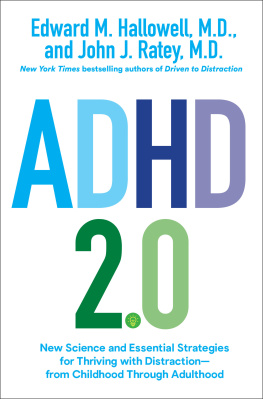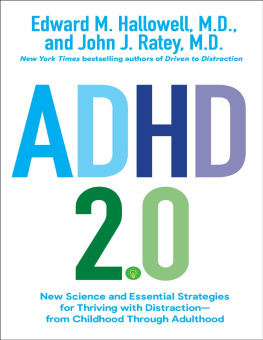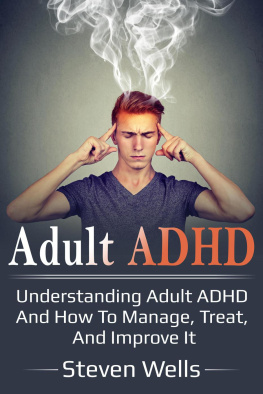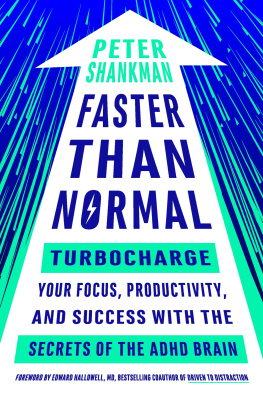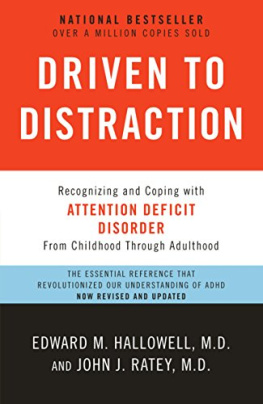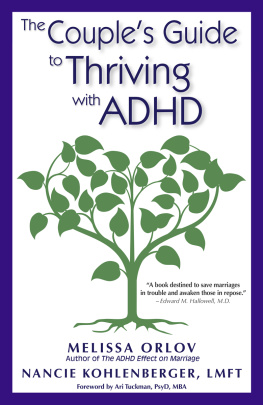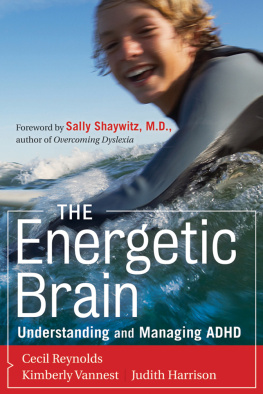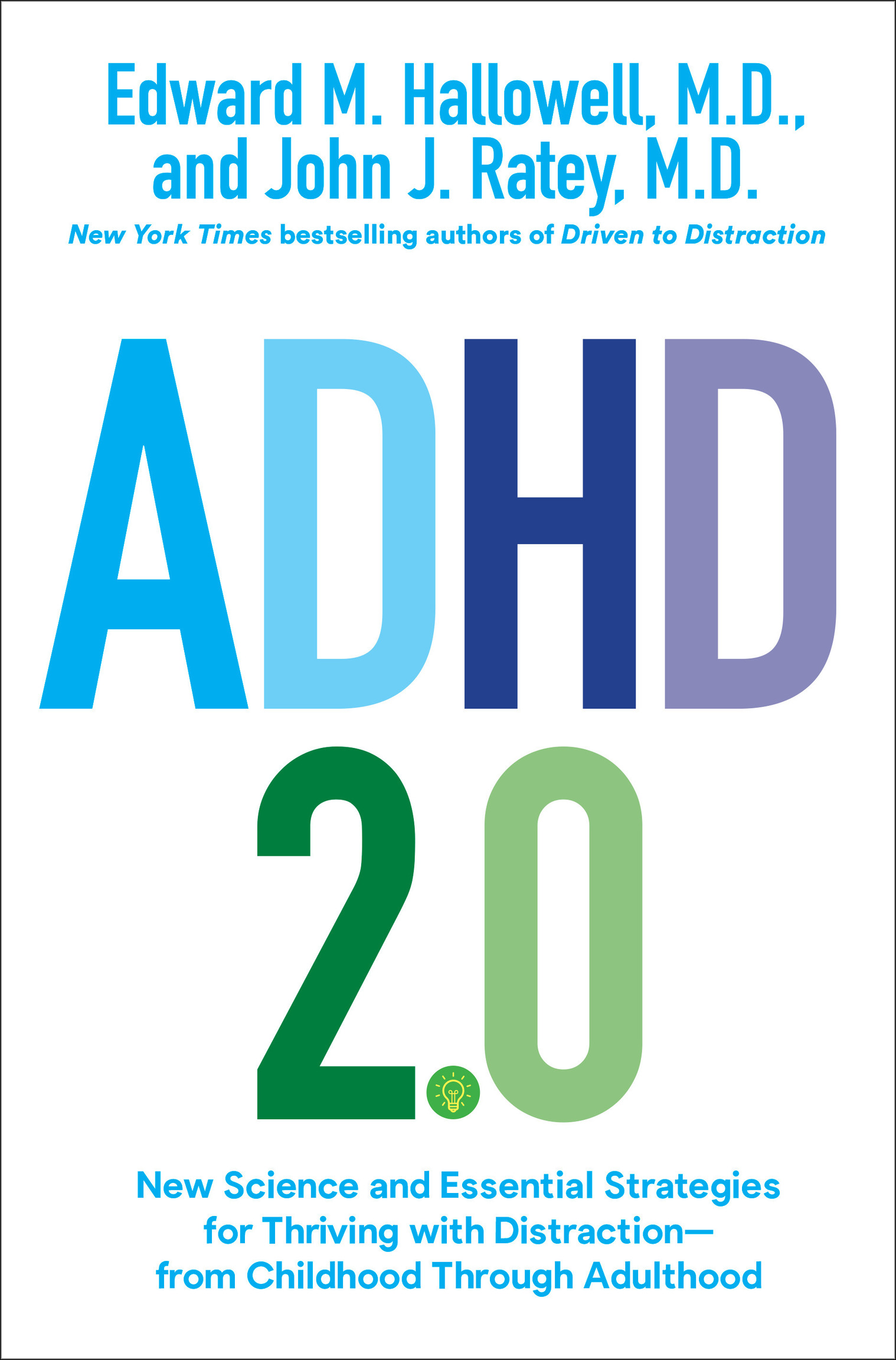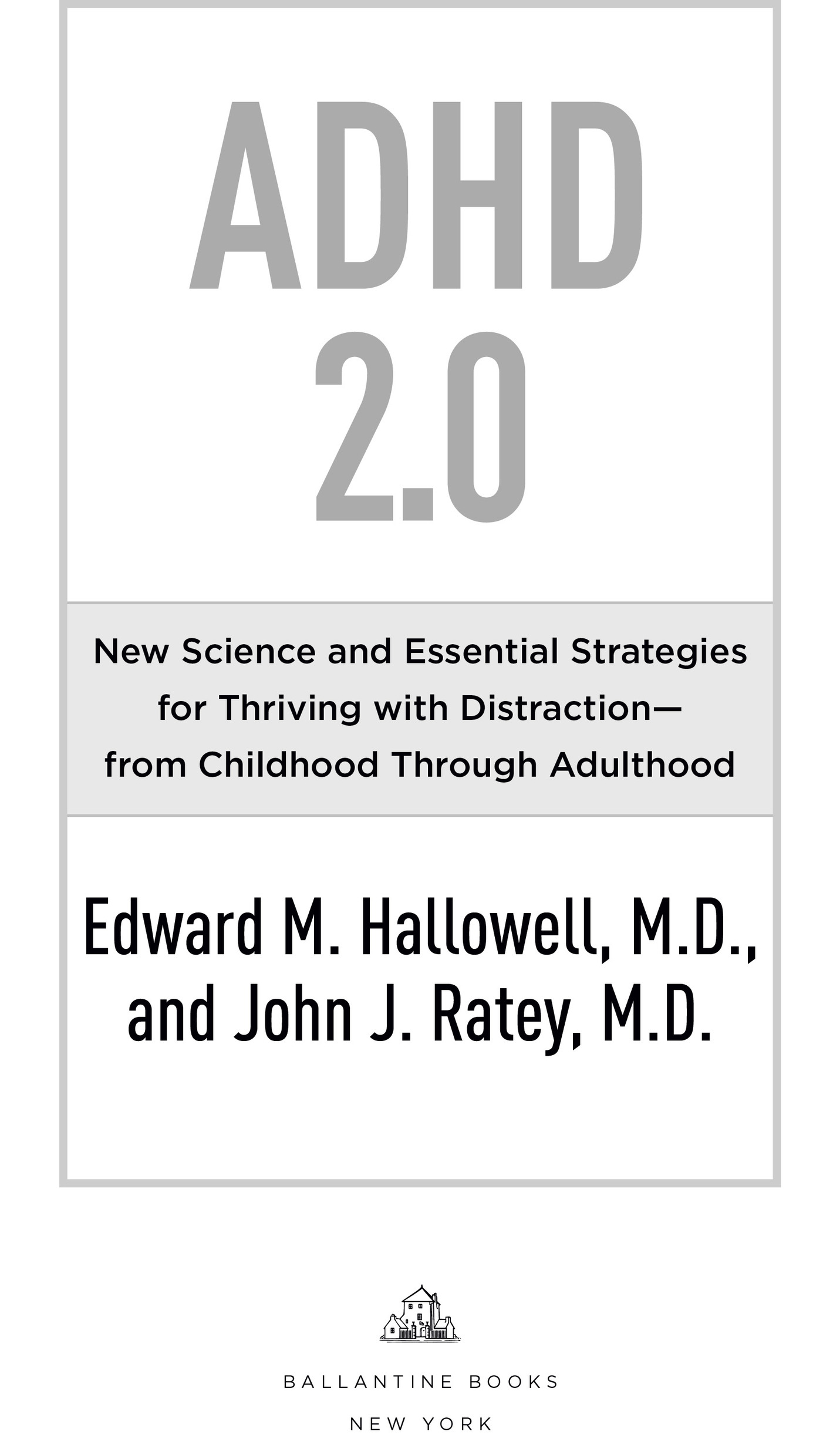The information and advice presented in this book are not meant to substitute for the advice of your physician, your childs pediatrician, or other trained healthcare professionals. You are advised to consult with healthcare professionals with regard to all matters that may require medical attention or diagnosis and to check with a physician before administering or undertaking any course of treatment or making any significant changes to your childs diet.
The names and some identifying characteristics of some of the individuals presented in this book have been changed to protect their privacy. Any resulting resemblance to persons living or dead is entirely coincidental and unintentional.
Copyright 2021 by Edward Hallowell, M.D., and John J. Ratey, M.D.
All rights reserved.
Published in the United States by Ballantine Books, an imprint of Random House, a division of Penguin Random House LLC, New York.
Ballantine and the House colophon are registered trademarks of Penguin Random House LLC.
All rights reserved.
No brain is the same.
No brain is the best.
Each brain finds its own special way.
Introduction
In 1994, we wrote Driven to Distraction, a book that introduced to the general public a syndrome that most people hadnt heard of or knew little about: attention deficit disorder, ADD for short. Since we both have ADD, we were able to describe it from the inside out, validating for readers the symptoms and describing what it feels like to live with them. Since we are also both psychiatrists who work in this field, over the years and based on the available information and research, we havebetween uswritten seven books about assessing and diagnosing this condition and about parenting, being married to, and treating people who live with it.
Now, at this writingmore than twenty-five years after that first joint effortthings are quite different in many ways. Not only have most people heard of ADD, but almost everyone knows someone (if not themselves) who struggles with it: a schoolmate, a co-worker, a spouse. Teachers and school administrators are ever on the lookout for it, since a child with undiagnosed (or mismanaged) ADD can disrupt even the smallest of classrooms while failing to fulfill his or her own potential. The term is also now often used with semi-destigmatized lightness: Im so ADD is a catchall explanation for scatterbrained, forgetful, or erratic behavior in ourselves and others, diagnosis or not.
Another change: The abbreviation ADD has been updated to ADHD, adding the word hyperactivity to the mix in order to reflect a more accurate description of the highs and lows of the lived experience. We use this more modernand more officialshorthand throughout this book.
However ubiquitous the term, one thing remains very much and frustratingly the same: Most people, even now, dont understand the power, magnitude, and complexity of this condition. Nor do they know the tremendous advances in understanding and treatment that have been made in recent years. They know only caricatures and sound bites of incorrect or incomplete information. These misconceptions damage millions of people, preventing them from seeking help or, if they do look for help, from finding the right kind. In the world of ADHD, ignorance remains public enemy number one.
For instance, many think its a childs condition, and one theyll grow out of. In fact, even if someone is diagnosed as a child, we now know that people dont grow out of itit is as much an issue for adults. The people who seem to grow out of it actually learned to compensate so well that they appear not to have it. We also know that ADHD can crop up for the first time in adulthood. This often happens when the demands of life exceed the persons ability to deal with them. Classic examples are when a woman has her first baby or when a student starts medical school. In both instances the organizational demands of daily life skyrocket and the person shows the symptoms of ADHD that he or she had been able to compensate for in the past. It is then that ADHD can and should be diagnosed. Indeed, adult-onset ADHD is a recognized condition in the big book of psychiatric disorders, the Diagnostic and Statistical Manual (DSM-5).
Others believe that ADHD is largely a drug company fabrication designed to serve and validate the latest pharmaceutical product. Its not, though surely over the years snake oil salesmen have contributed to a misunderstanding of how and why some medications really do work.
Still otherseven less charitablythink ADHD is a fancy term for laziness and that people who have it need some good old-fashioned discipline! In fact, laziness is a word about as far from accurate as it could be. The mind of someone with ADHD is in fact constantly at work. Our productivity may not always show it, but this is not because of a lack of intent or energy!
The overarching mistake too many people make about ADHD is to think of this mountain of a condition as a molehill of a problem for a rare few. Big mistake.
First of all, its not rare. It occurs in at least 5 percent of the population, though we believe that that number is much higher because there are people who seem to be doing well in life (but who could be doing so much better) who do not get diagnosed. The relative paucity of professionals who know how to diagnose ADHD also skews the numbers. And because of our lightning-fast access to information and the rapid-fire nature of incoming stimuliimages, sounds, and data everywhereits also probable that all of us are indeed a little ADHD nowadays: more scatterbrained, forgetful, and unfocused than ever before. We actually have a new term to describe this modern erraticism, and we will get to that in chapter 1.
Ignorance regarding ADHD costs lives. Literally. ADHD can be a scourge, an unremitting, lifelong ordeal, the reason a brilliant person never finds success but rather limps through life in frustration, shame, and failure, amid catcalls to try harder, get with the program, grow up, or in some other way reform. It can lead to suicide, addictions of all kinds, felonious acts (the prisons are full of people with undiagnosed ADHD), dangerously violent behavior, and a shorter life.
The psychologist Russell Barkley, one of the top authorities in the field, sums up the danger in stark statistics:
Compared to other killers from a public health standpoint, ADHD is bad. Smoking, for example, reduces life expectancy by 2.4 years, and if you smoke more than 20 cigarettes a day youre down about 6.5 years. For diabetes and obesity its a couple of years. For elevated blood cholesterol, its 9 months. ADHD is worse than the top 5 killers in the U.S. combined.
Having ADHD costs a person nearly thirteen years of life, on average. Barkley adds,
And thats on top of all the findings of a greater risk for accidental injury and suicide.About two-thirds of people with ADHD have a life expectancy reduced by up to 21 years.

